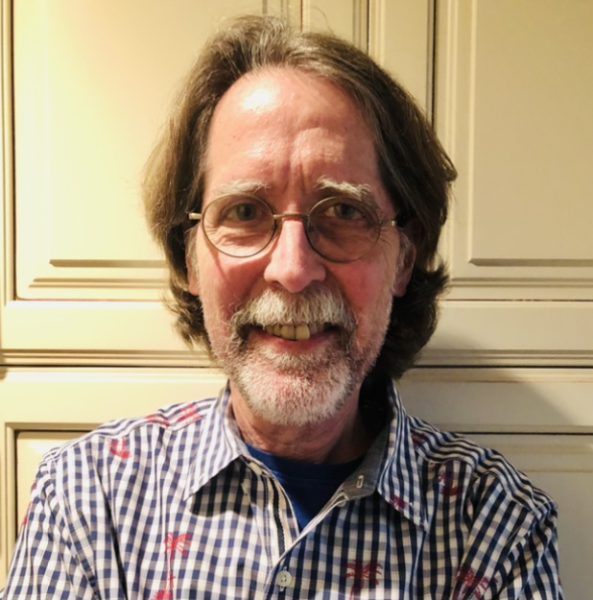 By Gary Stewart
By Gary Stewart
Imagine being on a 61-foot-long vessel in the midst of the seemingly endless Pacific Ocean with no engine, no compass, no sextant, no GPS, no electronic equipment of any kind. How would you navigate?
Fortunately, if you have a wayfinder on board, who carries in their mind the ingenious navigation methods of the Polynesians, that ancient wisdom can safely guide you from Hawaii to Tahiti, a distance of 2,600-nautical miles.
How, you ask? By using every bit of information available – birds, fish, wave shape, cloud formations, wind direction and strength, star locations and their changes from one day to the next (each star rises 4-minutes earlier than the night before), and by remaining awake for 36-hours, if necessary, not to lose track of crucial changes in the information and apply them to determining course.
It is this that has allowed double-hulled Polynesian canoes of ancient design to travel the present-day Pacific for over many thousands of miles of open ocean and hit their tiny dot island destinations, using no modern navigation technology, just as the Polynesians did to populate the far-distant islands of the South Pacific over a millennium ago.
One such canoe, Hōkūle’a, is presently docked at the Ocean Institute, in Dana Point. The Hōkūle’a began its present journey, the Moananuiākea Voyage, “A Voyage for Earth,” at Shipyard Cove, in Yakutat, Alaska, following a pre-trek visit to its furthest northern point, Disenchantment Bay, so named because it failed to represent the fabled Northwest Passage to the Atlantic Ocean.
There, the crew viewed the Hubbard Glacier, one of the very few glaciers on earth that is not shrinking, a phenomenon that was not lost on them.
On Monday evening, at the Ocean Institute, I attended the mainland premiere of the award-winning documentary, Hōkūkle’a: Finding the Language of the Navigator, a deeply respectful film in which one meets Nainoa Thompson, a wayfinder who describes the process of absorbing from his mentor, Mau Piailug, not just the specific facts, but the feel and awe of finding one’s way across the ocean, without which it is impossible.
The Hawaiians consider the Pacific as not just water surrounding their islands, or as a barrier separating them from the rest of the world, but rather as integral with the land, creating a connection that serves to bind together all the peoples of the Pacific and its rim.
Following the documentary, crew members took positions in front of the stage and engaged in a robust, a cappella call-and-response chant in Hawaiian, a highlight of the event for me, easily as startling and powerful as the opening of The Lion King.
The crewmembers then open shared their love for their vessel and its mission of unification, their camaraderie and shared reliance, as well as entertaining us with their humor and touching anecdotes.
Two crewmembers literally demonstrated toileting technique, to great amusement, and another crewmember, a principal at a Kamehameha School, from which many of the crewmembers had graduated, spoke of hearing her crewmate snoring, only to fully awaken and realize that the sound was the magical, rhythmic blowing of a pod of whales circling the vessel.
Another spoke of her pride in first spotting the land of Hawaii on the voyage from Tahiti, which the entire crew sincerely celebrated with her, and only then gently pointing to a much closer and larger island on the horizon that she had missed.
The evening overall was inspiring, warm-hearted, and a testament to the intrepid efforts of so many Hawaiians to capture their Polynesian heritage in a tangible way, thereby enriching not only themselves but the hearts and spirits of every community they visit.
You can follow the continuing voyage of the Hōkūle’a at https://hokulea.com/moananuiakea/
Dr. Stewart, a native of St. Petersburg, Florida, stopped in Nashville and St. Louis for education before arriving in Southern California in 1977. A happily married internal medicine physician with three accomplished children, he is equally enthusiastic about the arts (piano player, art collector, bachelor’s in English, widely read), the sciences (physician, climate activist with Citizens’ Climate Lobby) and fun.




